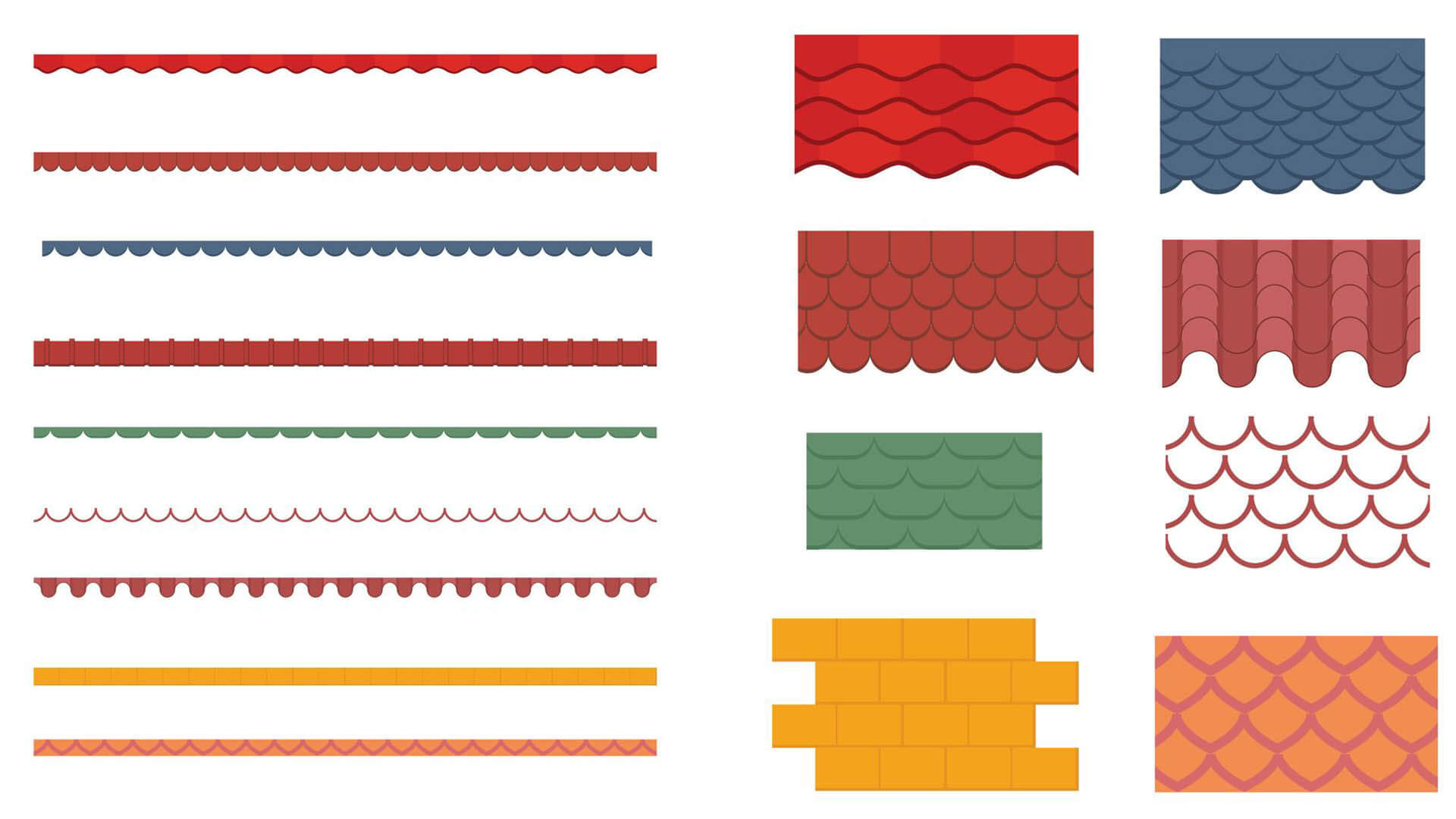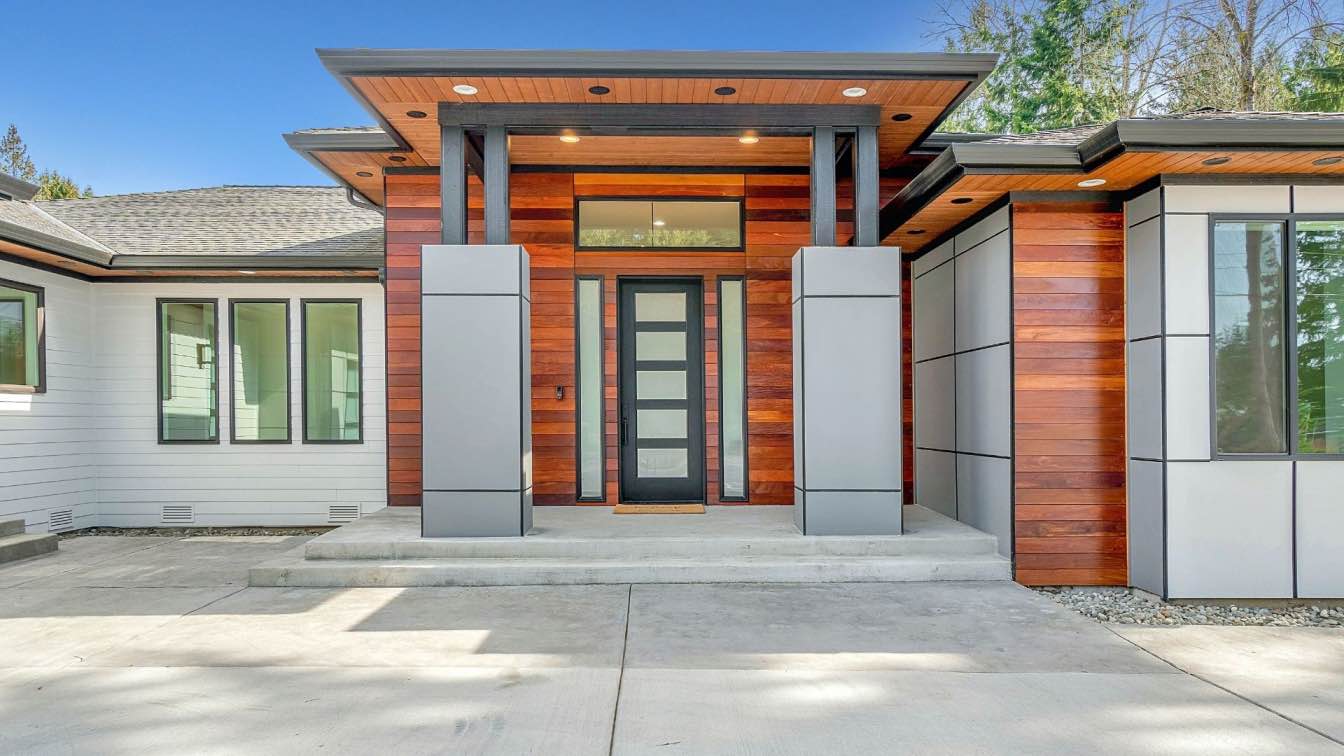Designing a wet room can be an exciting project, offering a sleek, modern, and functional bathroom space. However, there are several key mistakes that people often make during the design and installation process that can lead to frustration, additional costs, or even a bathroom that doesn’t function as intended. To help ensure your wet room is both beautiful and practical, here’s a list of common mistakes to avoid when designing your space.
1. Neglecting Proper Waterproofing
One of the most critical aspects of designing a wet room is ensuring proper waterproofing. If the waterproofing isn’t done correctly, you risk water seeping into the walls and floor, which can lead to mould, mildew, and structural damage. It’s essential to choose the right materials for your wet room, such as waterproof membrane systems for the walls and floors, and ensure they are installed by a professional. Skimping on waterproofing materials or cutting corners during installation can lead to costly repairs down the line. Check out innovative bathroom trends to gain inspiration.
2. Incorrect Drainage System
A wet room relies heavily on a well-designed drainage system. One of the biggest mistakes people make is underestimating the importance of effective drainage. The floor needs to be sloped correctly to allow water to flow towards the drain, ensuring no pooling occurs. If the slope is too shallow or uneven, water may collect in certain areas, creating a slippery hazard and causing potential water damage. Consulting with a professional plumber and designer to ensure your drainage system is up to standard is essential for a long-lasting, functional wet room.
3. Choosing the Wrong Flooring
Not all flooring options are suitable for wet rooms. It’s vital to choose slip-resistant tiles or flooring that can withstand constant exposure to water. Ceramic, porcelain, and natural stone tiles are excellent choices because they are water-resistant and easy to clean. Avoid choosing flooring like wood or carpet, as these materials can warp or rot when exposed to moisture over time. In addition to water resistance, ensure that the flooring is textured to provide adequate grip, especially in the shower area, to prevent accidents.
4. Poor Layout and Design
The layout of your wet room is critical to its functionality. A common mistake is to choose a layout that looks good in theory but doesn’t work well in practice. For example, placing the showerhead too close to the door or not allowing enough room for movement can make the space feel cramped. It’s also essential to ensure that there’s enough space for the fixtures, such as the shower controls, bench, or storage, without compromising the flow of the room. Plan your layout carefully and consider factors like space for towels and toiletries to keep everything organised.
5. Not Considering Accessibility
Wet rooms are popular for their accessibility features, particularly for individuals with mobility issues or disabilities. A common mistake is not designing the space with accessibility in mind, which can make the wet room difficult or unsafe to use for some people. Ensure that the wet room has easy access, without any steps or barriers to entry, and that the shower is wide enough for a wheelchair or walker if needed. You should also consider adding grab bars or handrails for extra safety, particularly in the shower area.
When You Need a Bathroom Renovation
Are you wondering whether it’s time to invest in a new bathroom? While this can seem like a costly project and one that will cause a lot of upheaval, it can be highly beneficial. The key is knowing when to upgrade so that you can get the most out of it. Here are some signs that it’s time.
Water Damage and Leaks
Does it feel like it’s one problem after the other with your bathroom? Perhaps it’s not just bad luck. It could be because you need a new bathroom. Eventually, showers, baths and sinks are going to wear out and this means that problems can arise. You can get things like leaks and mould growing. When you see water damage and things are looking uncared for, it’s time to replace them.
Looking Dated
If it’s been a while since you upgraded the bathroom, you might find that it’s started to look dated. In other words, it was maybe trendy in the 90s, but it’s now starting to show its age. This is when you should consider renovating. Not only is it going to be nice to update your home and enjoy a modern style, but it can also help with value. Indeed, a contemporary bathroom that’s just been renovated will add value to your property.
Feels Inaccessible
Over time, the needs you have in a bathroom change. For example, as you get older, you might not be fit enough to step into a high bathtub for a shower. If you find that the bathroom is becoming inaccessible for you, it’s best to make upgrades. For instance, you can get safe wet rooms and lower tray showers, which are going to ensure you can keep using your bathroom unaided.
Conclusion
Designing a wet room can be a fantastic way to modernise your bathroom and create a luxurious, functional space. However, avoiding these common mistakes is key to ensuring your wet room functions as intended and continues to look great over time. Proper waterproofing, a well-designed drainage system, suitable flooring, and good ventilation are all essential elements that will make a huge difference. By planning carefully, considering accessibility, and paying attention to details like storage and lighting, you can avoid pitfalls and enjoy a wet room that enhances both your home and daily life.





